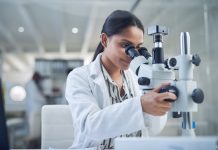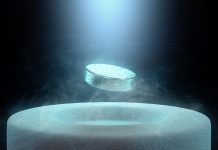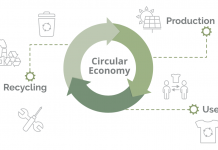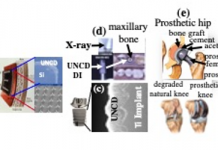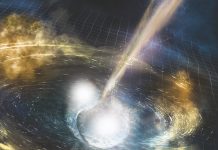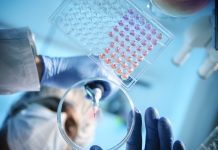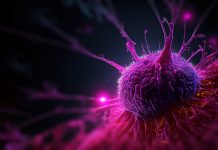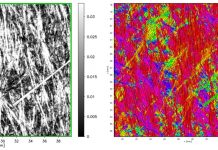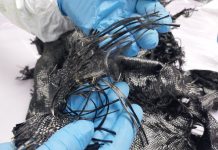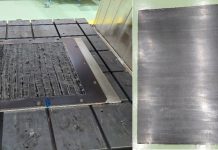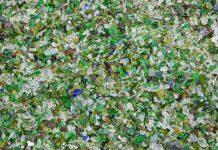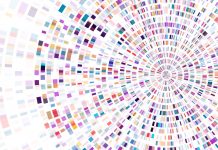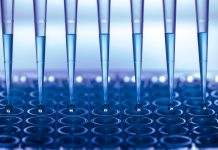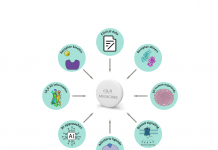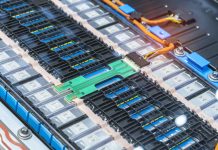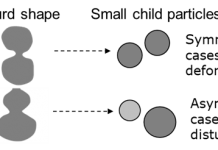Open Access Government produces compelling and informative news, publications, eBooks, and academic research articles for the public and private sector looking at health, diseases & conditions, workplace, research & innovation, digital transformation, government policy, environment, agriculture, energy, transport and more.
Home 2023
Archives
Responsible and ethical conduct of research: Principles to uphold
Greg M. Swain, Professor of Chemistry at Michigan State University, emphasizes the importance of responsible and ethical conduct of research (RECR) in scientific progress.
Superconductivity and related macroscopic quantum phenomena
John H. Miller, Jr., from the University of Houston, Dept. of Physics and Texas Center for Superconductivity, walks us through superconductivity and related macroscopic quantum phenomena.
Purple non-sulfur bacteria and the circular economy
Arpita Bose, Associate Professor at Washington University in St. Louis, discusses the potential of microbial solutions in supporting sustainable and environmentally responsible alternatives to the traditional linear economy.
Drug repositioning using multiple gene expression profiles
Chuo University’s Professor Y-h. Taguchi places focus on drug repositioning using multiple gene expression profiles
Using lotteries instead of auctioning is both inefficient and inequality-creating
Yew-Kwang Ng, Emeritus Professor in the Department of Economics at Monash University, compares the use of the lottery and auctioning to allocate scarce goods.
Towards generalised pairs trading strategies through AI
Here, we learn about Professor Chien-Feng Huang’s interdisciplinary research at the National University of Kaohsiung in Taiwan, concerning the move towards generalised pairs trading strategies through artificial intelligence.
Ultrananocrystalline diamond (UNCD™) coating for new-generation implantable medical devices/prostheses
In this materials science piece, Orlando Auciello, describes the development of a unique multifunctional/best biocompatible ultrananocrystalline diamond (UNCDTM) coating for new-generation implantable medical devices and prostheses.
What remains when two neutron stars collide?
Distinguished Professor Susan M. Scott and Dr Karl Wette from the Australian National University examine what remains when two neutron stars collide in this exciting gravitational astrophysics focus.
AI and modern experimental biology: A historical perspective
Ute Deichmann, Director of the Jacques Loeb Centre for the History and Philosophy of the Life Sciences at Ben-Gurion University of the Negev, discusses the adoption and limitations of Artificial Intelligence within modern experimental biology.
Understanding T lymphocytes inner workings to harness therapeutic potential
Leslie J. Berg, PhD from the University of Colorado, Anschutz School of Medicine, sheds light on understanding the inner workings of T lymphocytes to harness their therapeutic potential.
Data management plans as a tool for making data fair
Andy Götz (ESRF Data Manager and PaNOSC Coordinator), explores if and how Data Management Plans (DMPs) are essential for making data FAIR.
Quality control for the recycling of carbon fibre
Due to the inevitable variability of the end-of-life input material, the resulting recycled fibre and nonwoven or woven material will have a higher degree of variability than virgin material. To make sure such recycled fabric is usable for high-quality applications, additional methods for quality control are required.
Recycling fibre-reinforced composite parts
Uncured carbon fibre recycling by Bulk Moulding Compound (BMC).
Fresh prepreg multilayer scrap reuse
To address waste generated during production, a processing route for uncurde material is developed in MC4. Multilayer fresh prepreg scrap is processed to obtain new intermediate products that can be used to manufacture new parts.
MC4 Project: Improving the EU capacity to process and recycle composite materials
The MC4 European research project aims to develop economically and technically feasible technologies for recycling fibre-reinforced composite parts.
Chicken or egg? Pursuing historical context
Charles W Carter Jr, Department of Biochemistry & Biophysics, University of North Carolina at Chapel Hill, explores prebiotic processes from the historical context enabling the emergence of translation.
The sustainable catalyst-based chemical industry
Dr Xochitl Dominguez Benetton, Senior Scientist and Project Coordinator from the Flemish Institute for Technological Research, walks us through the sustainable catalyst-based chemical industry which is very much a part of the FIREFLY project.
CB₂R ligands to treat inflammatory diseases
Researchers discuss how scientific innovations might influence the discovery of future tailor-made CB2R-based anti-inflammatory treatments.
Online pressure and gas analysis of lithium-ion cells during abuse tests
Dr Carlos Ziebert, Leader of the Group Batteries – Calorimetry and Safety, KIT, explains how online venting gas analysis of batteries can be performed using a combination of battery calorimetry and online mass spectrometry.
Interdisciplinary research on the splitting process of various particles
Professor Ken Naitoh from the Department of Applied Mechanics and Aerospace Engineering at Waseda University in Japan, walks us through universal laws discovered from outstanding integrated interdisciplinary research on the splitting processes of various particles.

